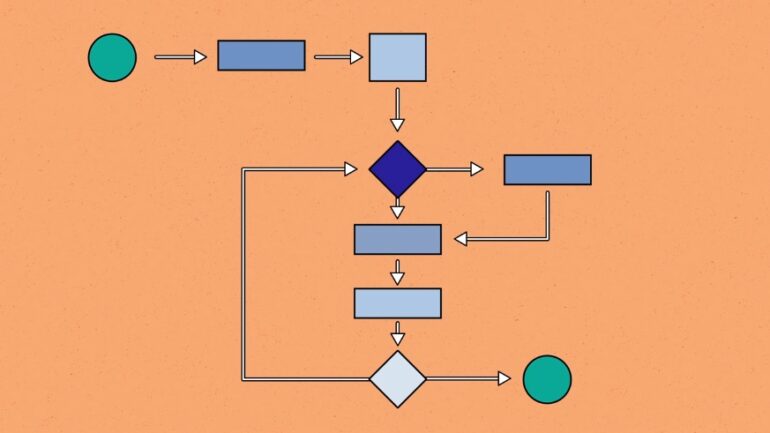While misinformation can originate from individuals or organized groups, algorithms also play a crucial role in amplifying and distributing misleading content across social media platforms and search engines.
How do Algorithms Contribute to the Spread of Misinformation?
Algorithms are designed to determine what content users see based on engagement patterns, relevance, and predicted interest. Platforms like Facebook, X (formerly Twitter), TikTok, and YouTube use complex machine-learning models to prioritize content that keeps users engaged. Unfortunately, these systems tend to favor sensational and emotionally charged content, which often includes misinformation.
One of the main ways algorithms contribute to the spread of misinformation is by prioritizing engagement over accuracy. Posts with high shares, likes, and comments are more likely to be pushed to a wider audience. Since misinformation is often designed to provoke strong reactions—such as fear, anger, or outrage it tends to receive more engagement than factual content, making it more likely to be promoted by the algorithm.
The Echo Chamber Effect
Another way algorithms fuel misinformation is through the creation of echo chambers and filter bubbles. Social media platforms personalize content based on user preferences and past interactions. Thus, showing users information that aligns with their beliefs while filtering out opposing viewpoints. In Kenya, where political and ethnic divides are often reflected in online spaces, this can reinforce biases and make it difficult for users to access diverse perspectives. When misinformation aligns with an individual’s pre-existing beliefs, they are more likely to accept and share it without verification.
The Virality Factor
Misinformation spreads quickly due to algorithm-driven virality. For instance, when platforms prioritize trending topics and viral content, regardless of its accuracy, they aid misinformation. In Kenya, misleading political statements, fake job advertisements, and conspiracy theories about health and security issues often go viral before fact-checkers can intervene. The speed at which misinformation spreads outpaces the efforts to correct it, leaving many users exposed to false narratives.
Manipulation by Bad Actors
Political groups, malicious actors, and profit-driven websites exploit algorithms by pushing misinformation to targeted audiences through coordinated campaigns. They can manipulate algorithms by using bots, fake accounts, and coordinated sharing to amplify false narratives. During Kenya’s elections, for instance, there have been numerous cases of disinformation campaigns designed to sway public opinion through targeted ads and fake news sites.
